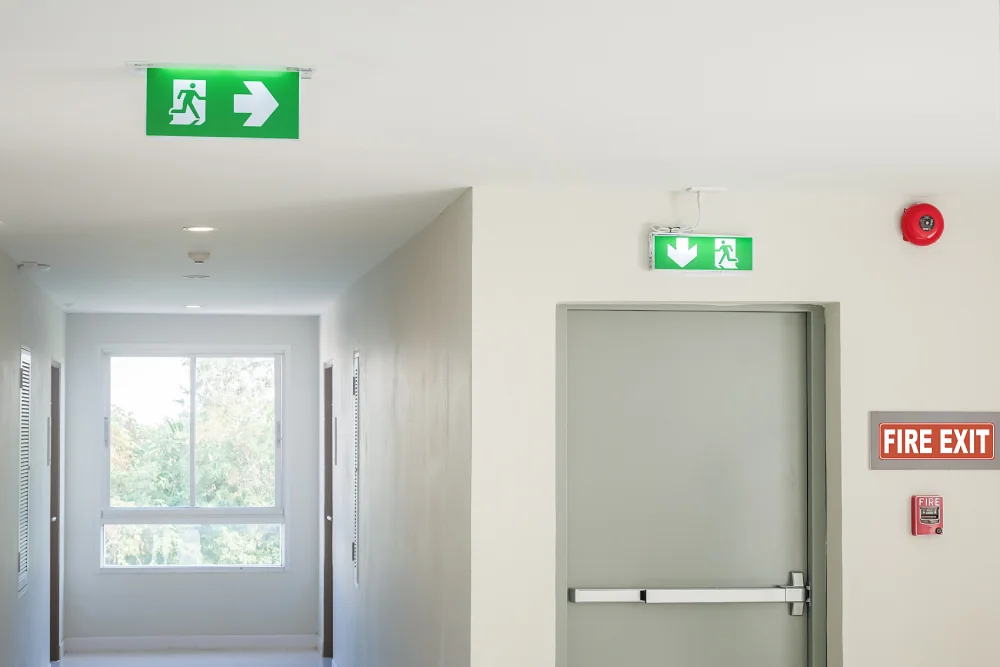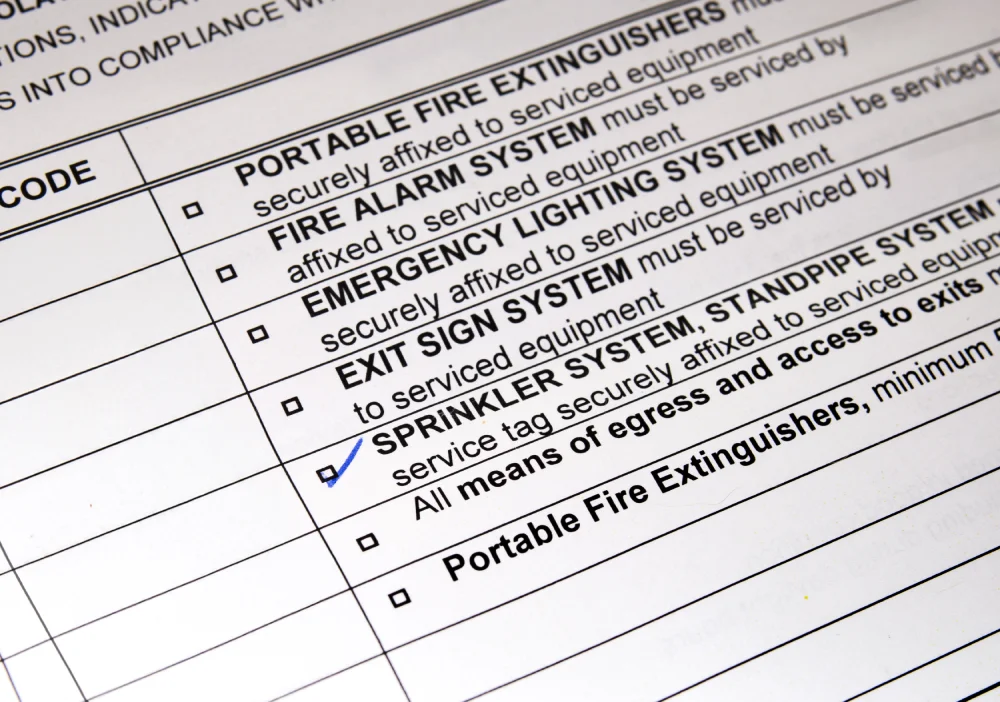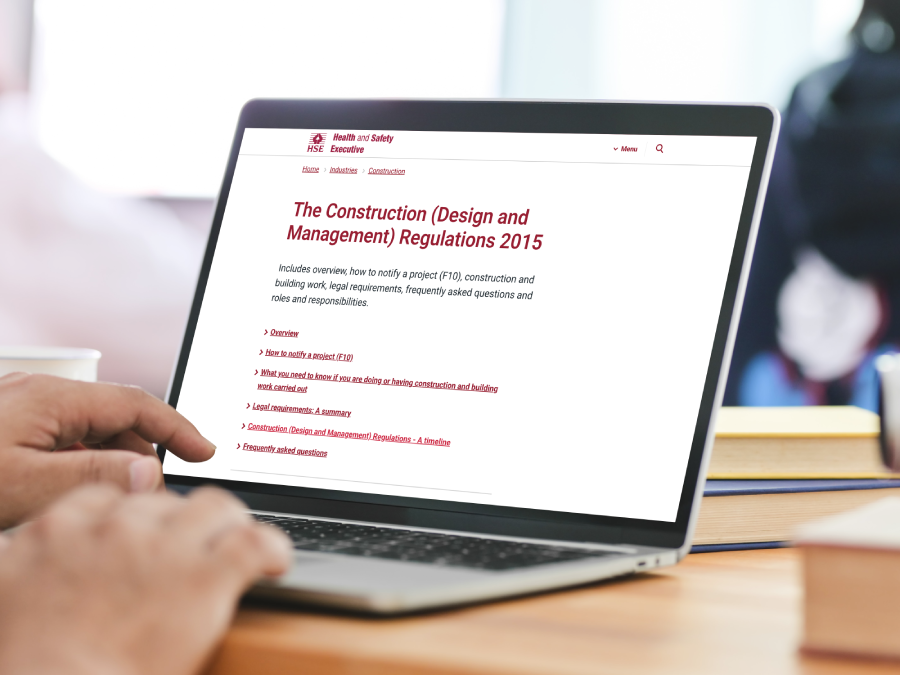Article 17 of the Fire Safety Order makes it a legal requirement to ensure that fire resisting doors and escape doors are correctly installed and adequately maintained in order for them to be fit for purpose.
The authorities have the power to enforce the Fire Safety Order and do prosecute or even close buildings down where breaches are discovered.
Check with your insurance company that you are covered if your doors are not compliant or maintained to work correctly.

Inspection and maintenance
In order for fire doors to be effective during the event of a fire, it’s essential that they are checked regularly and maintained properly.
Fire doors must always comply with The Regulatory Reform (Fire Safety) Order 2005 which states that fire doors must be in accordance with British Standards, meaning various aspects of the door must function in line with the RRO’s specifications.
As a result, any slight alterations or just everyday use of fire doors can affect their performance and adherence to British Standards and so regular checks ensure they function correctly and will work as required if a fire breaks out.
How often should you have a fire door inspection?
Fire doors should be checked at least once every six months.
If the door is in a high-traffic area or used frequently then they should be checked more regularly e.g. once a week/month as signs of wear will appear more quickly with increased use.
Who is responsible for fire door maintenance?
Whoever is responsible for the day-to-day control of the premises must ensure that the fire doors are inspected regularly and maintained correctly. That may be the landlord, business owner or building manager. Under the Fire Safety Order, this person is called the “responsible person”.

Fire door inspection checks
1. Certification
2. Apertures
Make sure that if the door has apertures in the form of windows or air transfer grilles, these are compatible with the door leaf and have been fire-stopped after installation, through the use of intumescent glazing systems or intumescent air transfer grilles.
Some doors are only fire tested to be solid doors and not tested with any vision panels or grilles installed and this can cause a breach in the fire rating of the door.
3. Gaps & Seals
Check that the gap around the door frame is consistently 3-4mm and CE-marked hinges are firmly fixed with no screws missing. Ensure that intumescent strips are fitted at the top and sides of the door.
The gap at the bottom of the door should be no greater than 8mm. If it’s a fire and smoke door then the gap should be no more than 3mm. If it is larger than this, then a drop-down seal can be used to close the gap and provide smoke seal protection.
4. Closers
The door closer should be fully functioning and should close onto the latch from any position with ease. Sometimes, there is additional force required to fully close the door past the smoke seals but this is imperative to fire safety and the containment of smoke.
5. Operation
In general, the whole door assembly should close correctly and easily around all 4 sides.
Call us to discuss your next fire door inspection / Remedials / installation to make sure you stay compliant.

Bullet points for the fire door inspection and fire stopping:
Fire stopping is carried out to ensure the main core and vulnerable parts of the building are sealed to stop the spread of smoke and fire getting to other parts of the building for a specified time to make sure that tenants etc can exit the building safely.
We can carry out fire stopping surveys
The remedial works to give the building compliance
New installations
There is a lot to consider when this is being done and should only be done by someone that has taken the necessary course.





